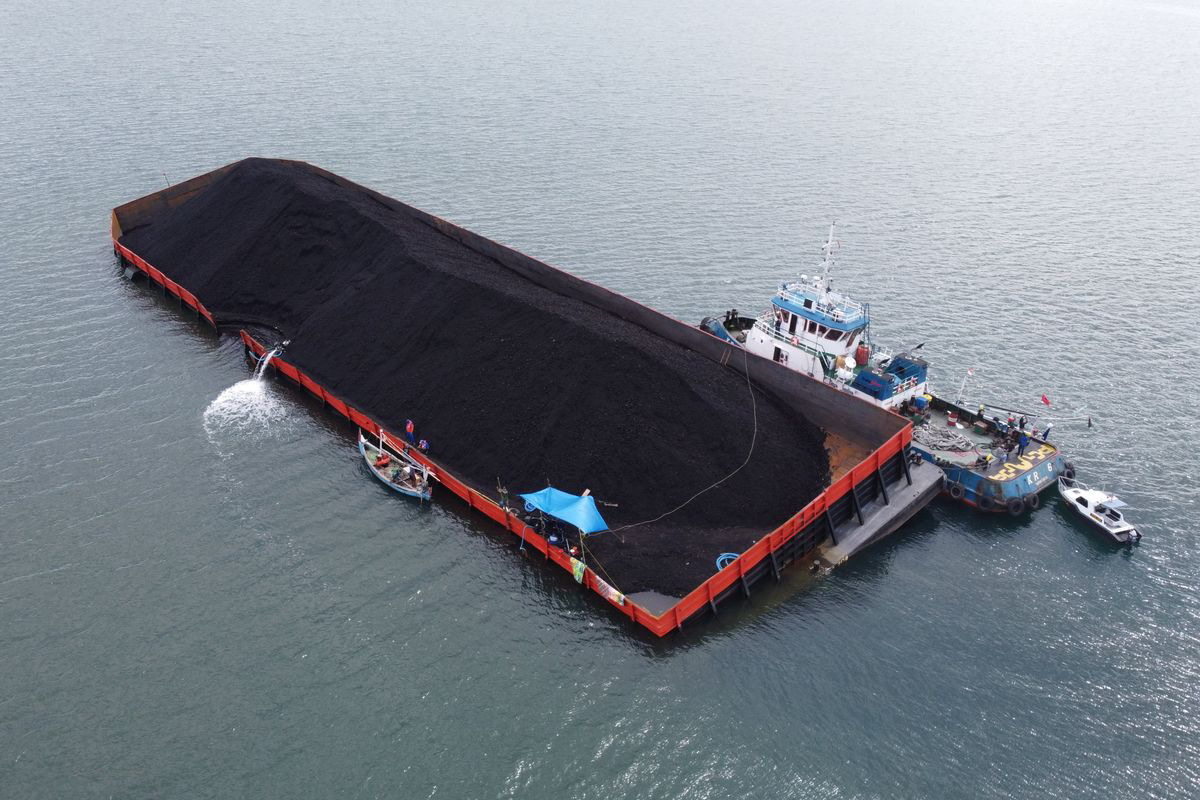
Coal barges are used to transport coal which is one of the most important minerals for human survival. Coal is one of the basic fossil energy sources which is consumable and non-renewable. The main function of coal is to produce electricity where almost half of the world's electricity uses this fuel. Currently, Indonesia is the largest coal exporter in the world, with markets covering Asia, the Middle East, Europe, Australia and America.
As a much-needed commodity, to meet the demand for coal in other countries, transporting coal by sea in the form of barges pulled by tugboats is the right solution. Coal will be loaded into the Mother Vessel using the help of a Floating Crane which is a loading and unloading device specially designed on a barge and can move using its own propeller or being pulled.
Coal barges are shaped like large symmetrical boxes that float on real steel. This barge does not have a propulsion engine or propeller like ships in general, so to run it depends on a tugboat assisted by a towing rope a few meters away.
In Indonesia, barges have been widely used since 1980 and are the main choice for transporting large amounts of coal. Barges themselves have types based on size and load capacity, including:
Size 180 feet can carry about 2,000 tons of coal
Size 230 feet can carry about 4,000 tons of coal
Size 270 feet can carry about 6,000 tons of coal
Size 300 feet can carry about 8,000 tons of coal
The size of 330 feet can carry around 10,000 – 12,000 tons of coal
Ship dimensions vary for each size and are calculated using statistical methods to find the required dimensions of a ship based on its capacity, such as dimensions of length x width x height. The shape of the barge on the front has an anchor house to be able to go out to sea.
Ramdoor at the front as the entry point for coal trucks. If coal is transported using a crane, a ramdoor is not needed. Most of the barges that often pass in Indonesian waters are ships produced from Batam and the Riau Islands.
The distribution process up to the loading and unloading of new tare is very closely monitored and must pass due diligence by BKI (Indonesian Classification Bureau). This is done to minimize the risk of work accidents that may occur during operation. Such as coal leaks, component damage, and collisions between ships.